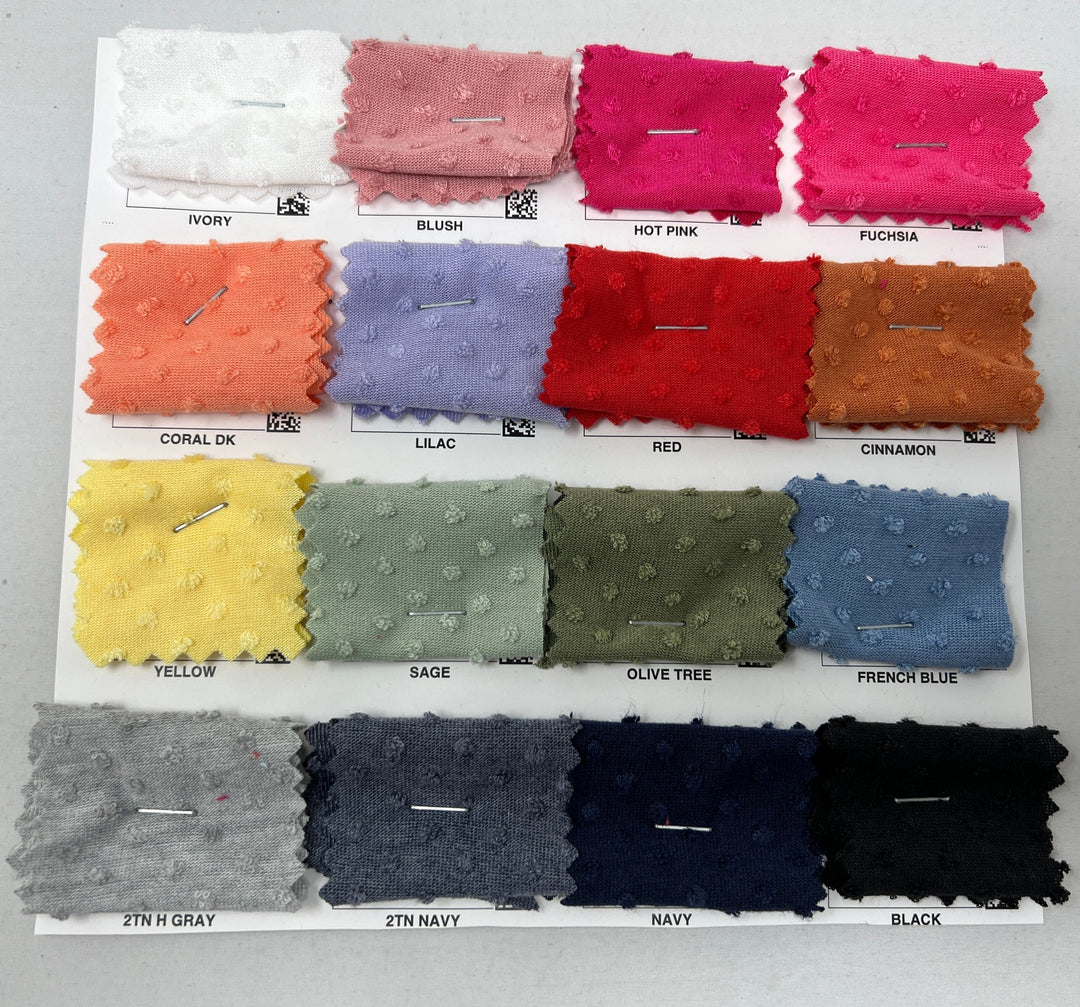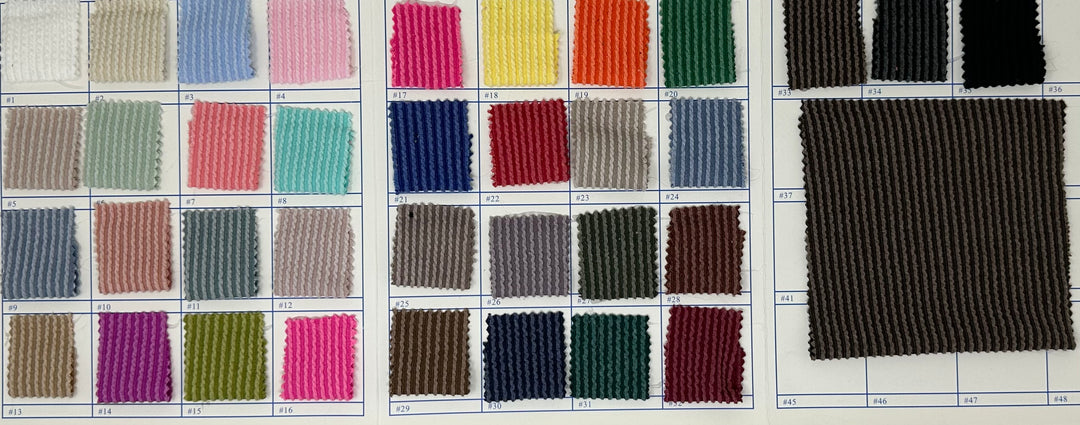3 Factors To Consider When Selecting the Right Fabric


Fabric plays an incredibly vital role in the creation of clothing and items like blankets for obvious reasons. However, it can be challenging to figure out which fabric is the best for your project. The material must be perfect so that you can bring your vision to life and form something comfortable enough to wear. Here are three factors to consider when selecting the right fabric.
Fabric Stretch
You need to consider the stretch, or elasticity, of fabric. This characteristic can alter the appearance of the design when a person wears it on their body. Too much elasticity will make the design stretch out excessively. On the other hand, inadequate elasticity will cause the garment to be too uncompromising for many people to wear. The fabric stretchiness also depends on the practical application of the garment. For example, many sportswear clothes like yoga pants, headbands, t-shirts, and leggings use bullet print fabric because of its incredible elasticity and ability to conform to the body’s shape as it moves.
Stretch the fabric on a ruler to measure this elasticity. Hold one end at the zero marking and stretch the fabric along the ruler until you feel it start to resist. Divide the number you see in while it’s in this stretched-out state, and divide that by the original fabric length.
Fabric Weight
The fabric weight quickly adds up as well if you don’t take the time to measure it. This aspect matters because you don’t want to make a summer dress from something thick or a winter sweater from something thin. The unit of measure for fabric is grams per square meter (GSM). People categorize materials with three GSM-based categories: lightweight, medium-weight, and heavy-weight. Many stores and suppliers will measure and communicate the fabric weight before you buy it, but it’s good to know how to measure it yourself just in case.
Fabric Drape
The last factor to consider when selecting the right fabric is the drape. This factor describes how the material flows. When a fabric is stiff, it has less drape, and when a fabric is more fluid, it has more drape. Very simple. So, a dress with a more drape will seem to float and trail after the person wearing it, while a dress with less drape will stick closer to the body. Typically, lighter fabrics tend to possess more drape, while thicker ones are stiffer.















